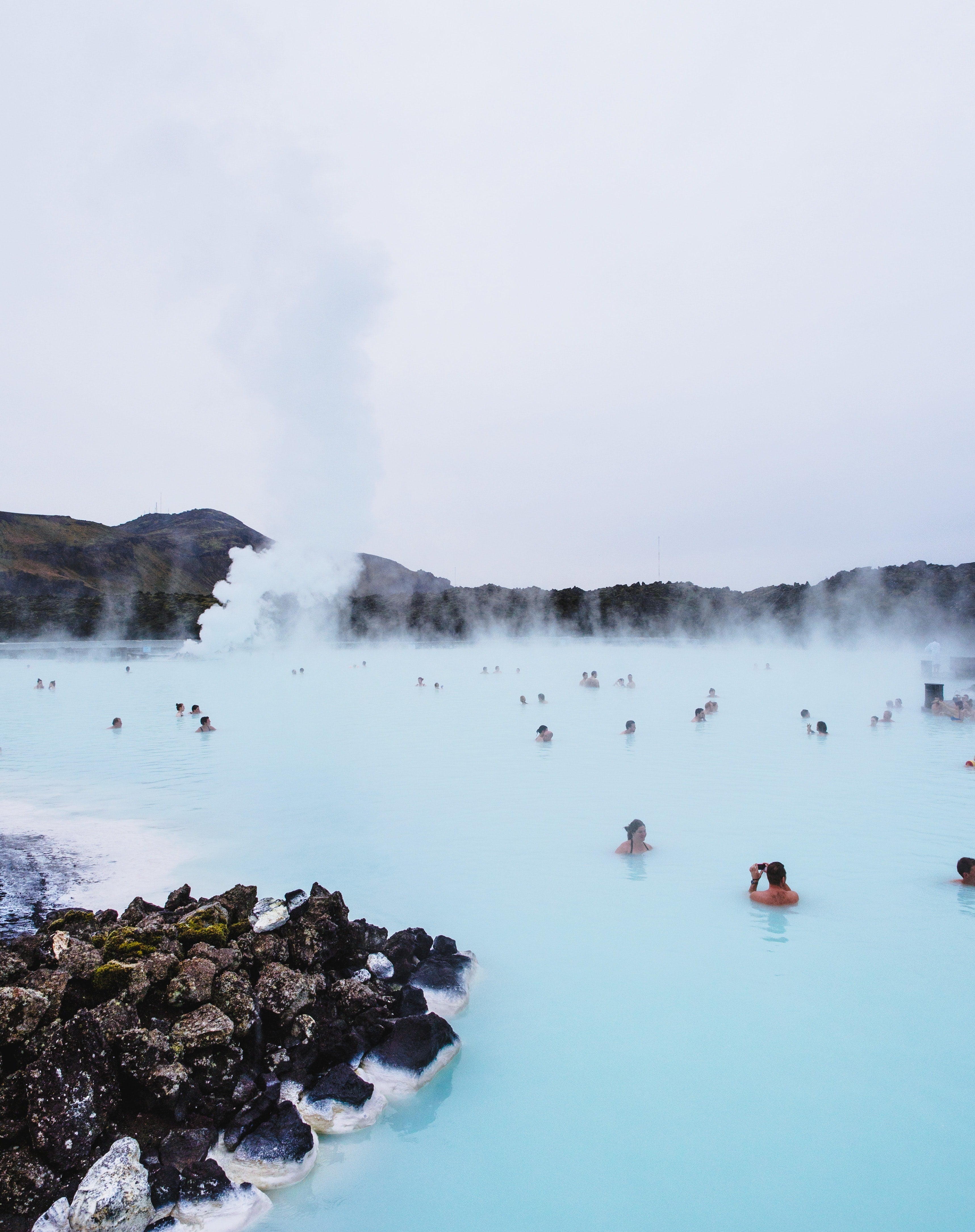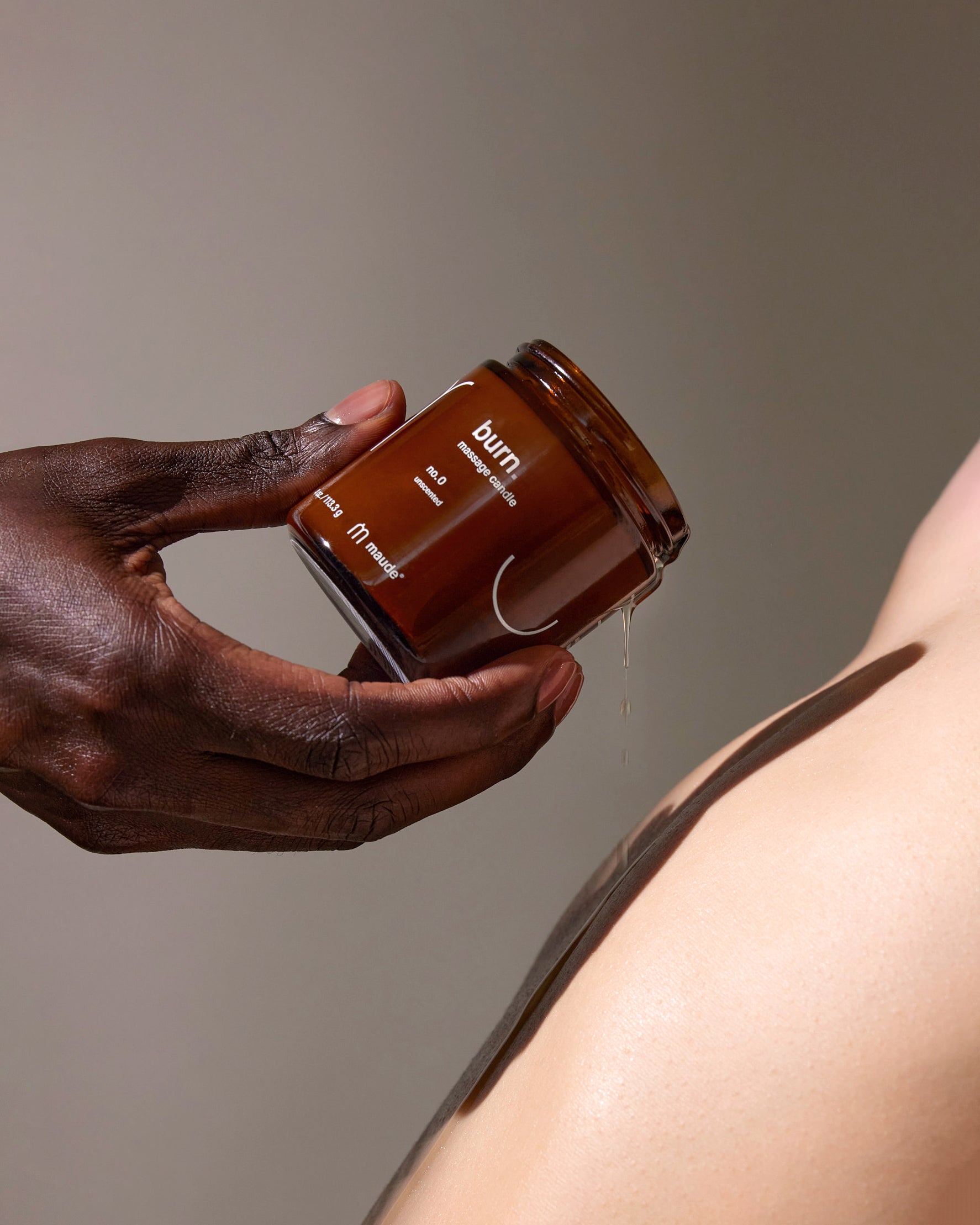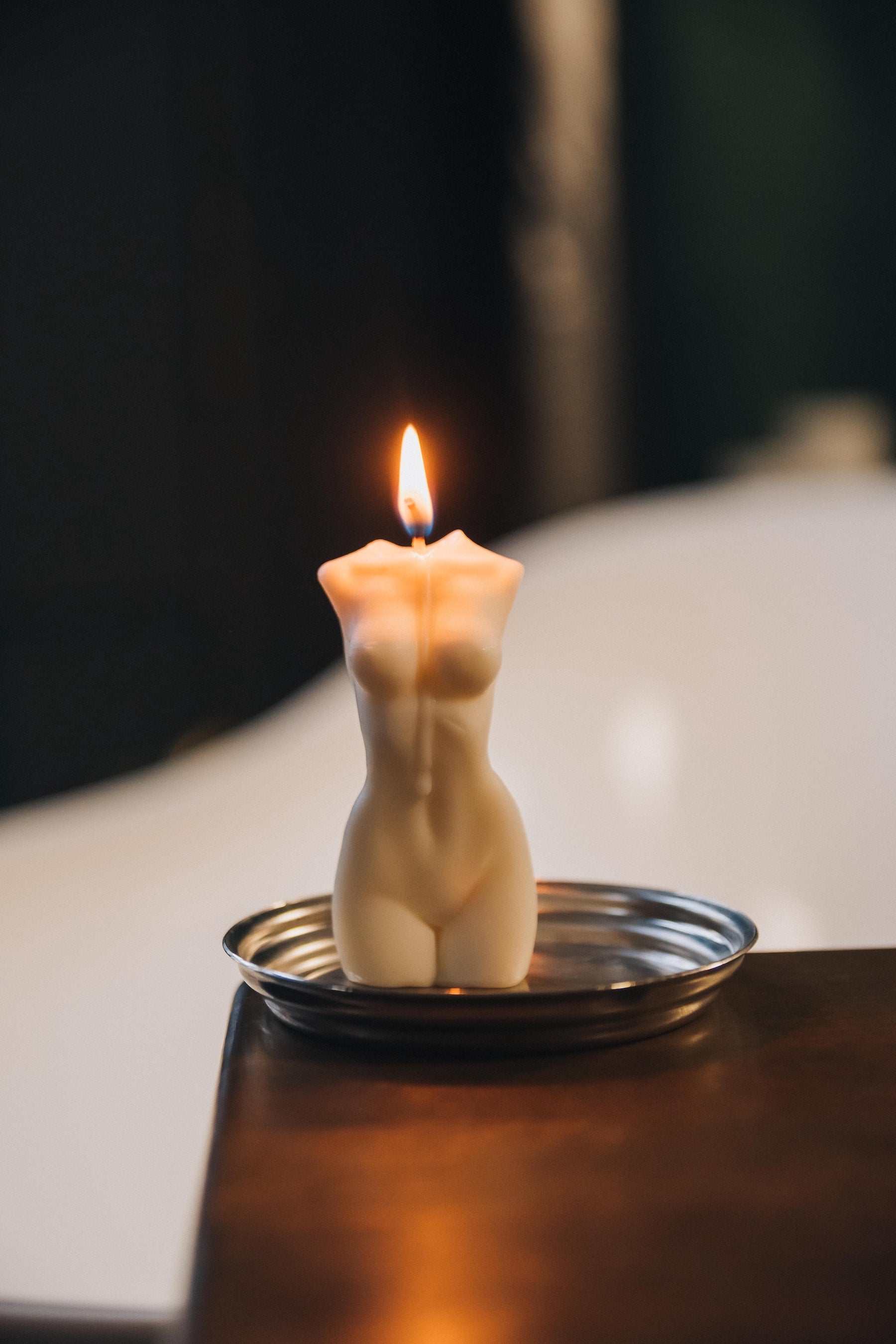What even is vanilla sex?

Challenging stereotypes and embracing sexual diversity.
We repurpose words to describe structures of feeling, highlight contrasts, and represent complex ideas. Such was the case with our household sweetheart “vanilla,” which grew so popular that it came to mean “plain” or “basic,” and then, as our culture got kinkier, began to describe conventional sex.
The term “vanilla sex” has been popping up since the mid 1900s, when the rise of the BDSM movement required a name for the movement’s alternative--the “normies,” or people engaging in sexual acts that wouldn’t be considered fringe. The term was used heavily in the queer community specifically, to describe hererosexual sex, the only kind of intercourse considered acceptable at the time (and, in some cases, legal).
Before we go further, ask yourself what comes to mind when you picture “vanilla sex.” Maybe you imagine a man and a woman naked under a top sheet, engaged in a slight rocking motion, brought to orgasm from what appears to be sheer repetition and force of will. Or perhaps these lovers change positions at some point, to doggy style, and someone slaps someone else, but only a little bit. And maybe there’s some dirty talk, but it’s not too filthy, in that it doesn’t ever cross... that line?
Through this exercise we see that vanilla is a confusing term because it’s often treated like a sexual preference, when it most often serves as a word for “lack” of kinky alternatives. By this logic, in order to truly define vanilla, we must first define what is considered kinky. But not everything that was kinky for kinksters 60 years ago is considered kinky today, and what is considered kinky today varies depending on who you ask. So who’s making the glossary?
When we think of kink, we might call to mind the obvious props: leather, rope, paddles, nipple clamps, candle wax slowly trickled on your back by a mistress, and so on. We may also think of certain types of touching and penetration to be kink, depending on our environment.
Environment is important here, because what is considered vanilla for one community in modern day may not be for another. Anna Iovine, in her popular Vice article about vanilla sex, raises the case of anal, which is quite common in the gay man community but is ranked, according to data in her article, as the term most commonly associated with kinky sex.
Another potential problem with creating a term for the opposite of kink is that it implies that “kinky” sex contains no qualities of vanilla sex when, as we’ve discussed, vanilla is just an absence of kink. Sure, there are kinky people who avoid vanilla “behaviors” like missionary at all costs, but there are also a great many freaky folks who enjoy moments of plain old intimacy.
Thus the question “what is vanilla sex” is unanswerable, and we may benefit more from thinking about the ways we can use the term in the future. Perhaps the most sex-positive way of seeing vanilla today is as a mode of sex which, like all other modes, is neither right nor wrong, and is as subjective to each person as sexuality itself.




